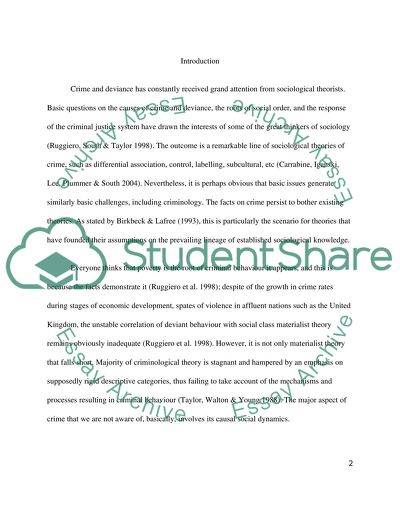Cite this document
(“Sociology Assignment Example | Topics and Well Written Essays - 2000 words”, n.d.)
Retrieved from https://studentshare.org/family-consumer-science/1421857-sociology
Retrieved from https://studentshare.org/family-consumer-science/1421857-sociology
(Sociology Assignment Example | Topics and Well Written Essays - 2000 Words)
https://studentshare.org/family-consumer-science/1421857-sociology.
https://studentshare.org/family-consumer-science/1421857-sociology.
“Sociology Assignment Example | Topics and Well Written Essays - 2000 Words”, n.d. https://studentshare.org/family-consumer-science/1421857-sociology.


